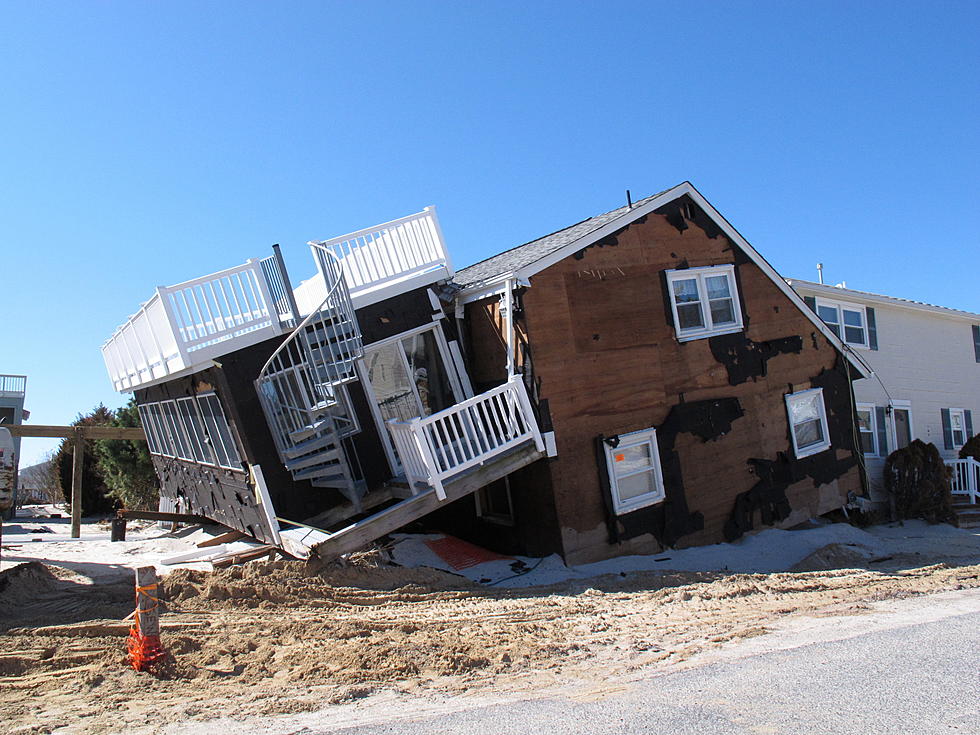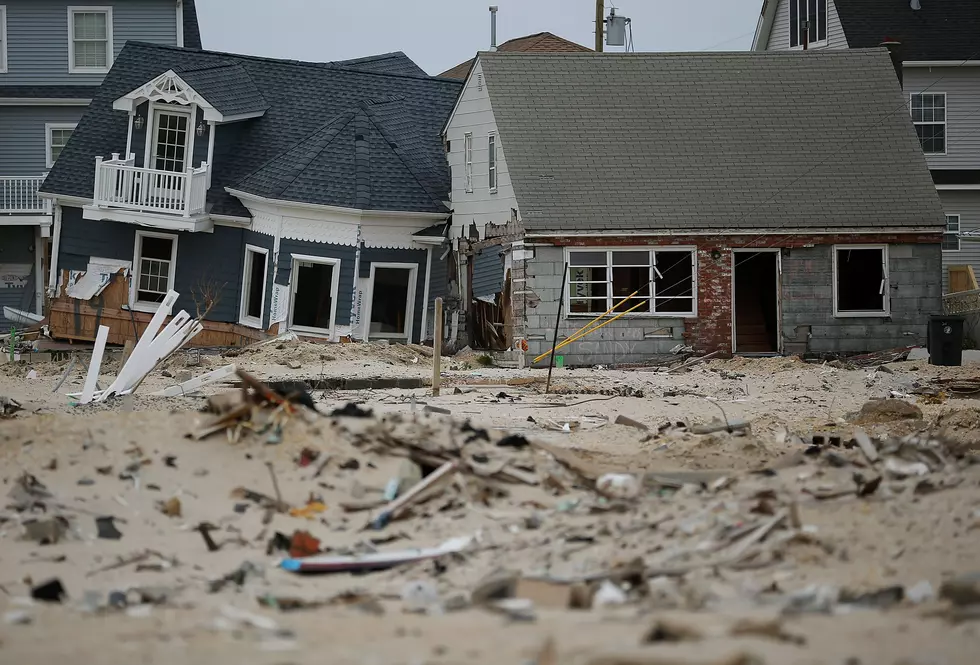
Superstorm Sandy caused $3B in health impacts, says new report
More than $540 million in illness-related costs were inflicted in New Jersey by Superstorm Sandy, according to a new report that contends health impacts shouldn’t be overlooked in discussions of climate change.
That estimate of the economic cost of the health impacts of the 2012 storm doesn’t include those associated with the 273 deaths estimated to have resulted, which made up the biggest share of Sandy’s economic toll but wasn’t allocated by state in the study by the Natural Resources Defense Council.
The study estimates $10 billion in health impacts from 10 weather events in 2012, including over $3.1 billion in total from Superstorm Sandy. Vijay Limaye of the Natural Resources Defense Council, the study’s lead author, said it’s a reason to respond to climate change.
“These are the types of costs that folks are paying for right now. And this work signals tens to hundreds of billions of dollars in additional health-related costs in the future if we fail to act,” Limaye said.
The illness-related costs in New Jersey included $440 million from hospital admissions, $80 million from emergency room visits, $18 million for outpatient health costs and $6 million from lost wages.
Of that, $286 million was paid for by Medicare, $37 million by Medicaid and $163 million by private insurance. Another $46 million was for patients without insurance, some of whom may have had years of debt as a result.
“These are really big numbers, and they represent substantial financial losses,” said Jeremy Hess, director of the University of Washington’s Center for Health and the Global Environment. “But, speaking particularly as a clinician, I want to highlight these losses are also personal. They represent pain and suffering, loss of loved ones, time spent sick in the emergency department.”
“Hopefully this could give some additional fodder or substance to preparedness efforts,” said Kim Knowlton, a senior scientist at the NRDC. “This gives much more of a sense that climate and health vulnerability really does play out in the reality of what happens to people after storms and these extreme events.”
The study puts the death toll from Sandy at 273, which is larger than other previous estimates, which have gone as high as 233, including some 70 in the Caribbean. Limaye said the report uses evidence from a variety of sources to more fully estimate the U.S. impact.
“That’s one of the main findings actually from this work is that we need to talk about the whole costs, and we have to have sustained attention to these exposures in order to understand what’s really happening to impacted individuals, families and communities,” Limaye said.
Among the long-term health harms the report accounts for are heart attacks and kidney failure.
More From WOBM News:
More From Beach Radio










